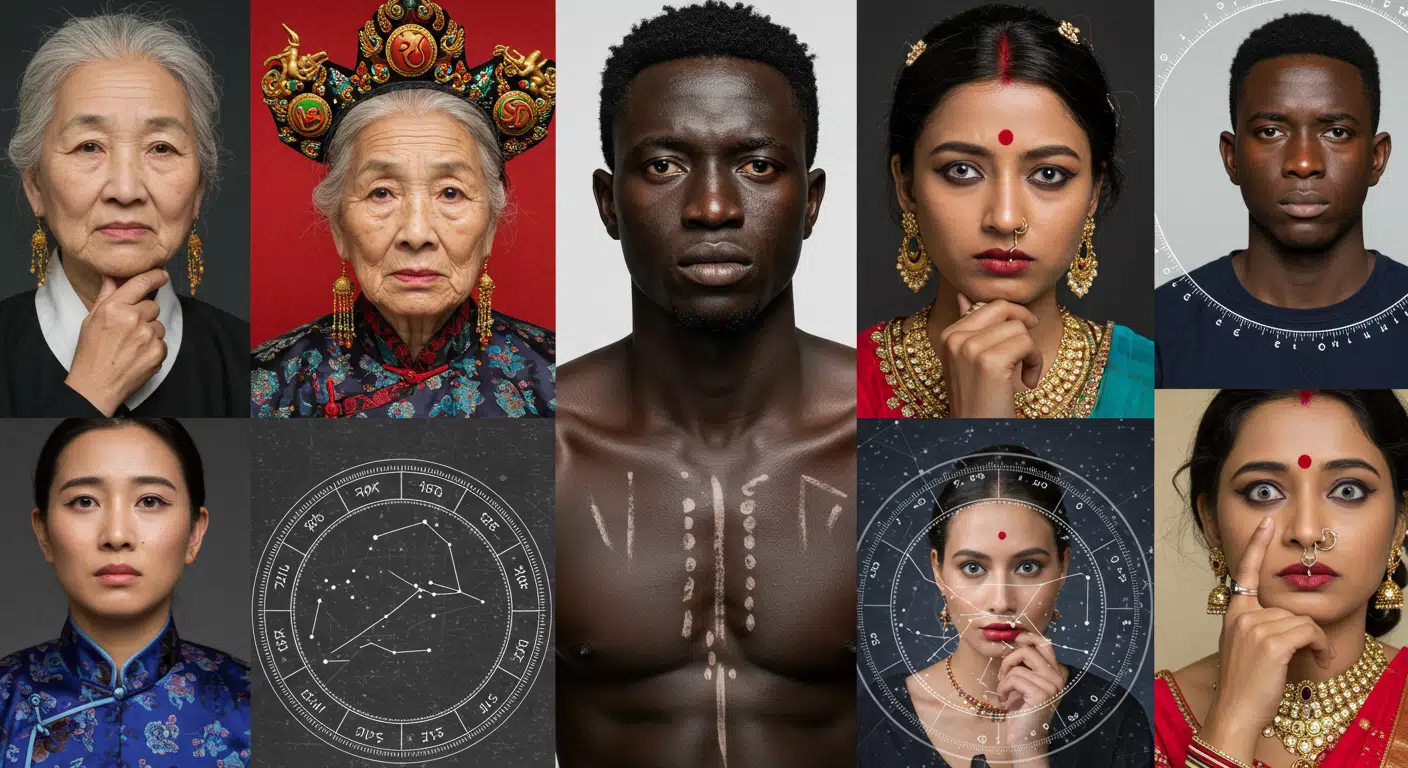Eye twitching, medically known as blepharospasm or myokymia, is a common involuntary spasm of the eyelid muscles. While generally harmless and temporary, this physiological event has acquired varied symbolic interpretations across cultures. These superstitions often link twitching to omens of fortune, misfortune, emotional events, or even spiritual messages. The widespread nature of these beliefs illustrates how cultural narratives attempt to explain bodily phenomena, even in the absence of empirical evidence.
In traditional Chinese superstition, the meaning of an eye twitch depends on both the eye and the time of day. Twitching in the left eye is generally seen as a sign of incoming fortune, such as unexpected financial gain or positive personal encounters. Conversely, twitching in the right eye often portends bad luck or impending trouble. The system becomes more granular when combined with timing; for instance, a left-eye twitch between 7 a.m. and 9 a.m. may suggest upcoming romantic luck, whereas the same twitch at a different hour could imply professional opportunity. To neutralize the predicted misfortune, some people place a small piece of white paper over the twitching eye as a countermeasure.
In the West Indies, the associations are reversed. A right eye twitch is considered a sign of good news, such as hearing from someone long absent or receiving favorable information. A left eye twitch may indicate betrayal, loss, or bad news. These interpretations reflect the role of folk beliefs in shaping emotional expectations in everyday life.
Across African cultures, eye twitching superstitions tend to focus on social or emotional events. A twitch in the upper eyelid may signify the arrival of an unexpected visitor, while a twitch in the lower eyelid is associated with tears, implying emotional distress or sorrow. In Egypt, a right eye twitch is said to bring good fortune, echoing interpretations found elsewhere but with regional nuances. In Hawaiian culture, eye twitching is sometimes believed to predict childbirth or significant familial developments.
In South Asia, especially within Indian traditions, gender plays a central role in interpreting the phenomenon. For women, twitching of the left eye is generally seen as auspicious, linked to good fortune or success, while twitching of the right eye may signal unfavorable outcomes. For men, the meanings are often reversed. Additionally, superstitions specify different outcomes depending on the time of the twitch. For example:
- Midnight to 3 a.m.: General indication of upcoming problems or disturbances.
- 7 p.m. to 11 p.m.: A right eye twitch during these hours may be interpreted as a sign of incoming luck or opportunity.
These interpretations reflect how deeply localized belief systems use temporal and bodily cues to infer future events, particularly in societies where oral tradition and symbolic logic maintain strong influence.
Despite the cultural variety and detail of these superstitions, there is no scientific evidence to support any link between eye twitching and future events. The medical explanation is straightforward: eye twitching is a benign neuromuscular condition that results from temporary irritation or overstimulation of the muscles around the eye. The most common causes include:
- Fatigue or sleep deprivation
- Caffeine or alcohol intake
- Stress or anxiety
- Eye strain from screens or poor lighting
- Dry eyes, especially in older adults or contact lens wearers
In rare cases, persistent or severe twitching may indicate a neurological disorder such as hemifacial spasm, Bell’s palsy, or even early symptoms of Parkinson’s disease, though such diagnoses require clinical evaluation.
From a psychological standpoint, belief in eye twitching superstitions is sustained by confirmation bias—the tendency to remember instances where the superstition seemed “accurate” while ignoring those that did not align. For instance, if someone’s eye twitches and they later receive good news, they may attribute the event to the twitch, reinforcing the belief. If nothing happens, the event is forgotten or reinterpreted. Cultural transmission further solidifies these beliefs, particularly when shared across generations or embedded in folk wisdom. As with many superstitions, anecdotal storytelling and community consensus play a larger role in belief retention than factual consistency.
Additionally, superstitions often serve as coping mechanisms. In uncertain environments, attributing meaning to involuntary bodily phenomena provides psychological comfort and a sense of structure. Assigning symbolic value to an eye twitch transforms a random muscle spasm into a sign of impending change, thus helping individuals prepare mentally or emotionally for the unknown. In this way, eye twitching superstitions—while scientifically unfounded—fulfill a cultural and psychological function.
Ultimately, while the scientific community recognizes eye twitching as a minor and usually harmless physical condition, folk traditions across the world continue to interpret it symbolically. The disconnect between medical knowledge and cultural belief highlights the broader tension between empirical understanding and interpretive traditions. Superstitions persist not because they are validated by science, but because they resonate with cultural identity, narrative instinct, and emotional needs.
